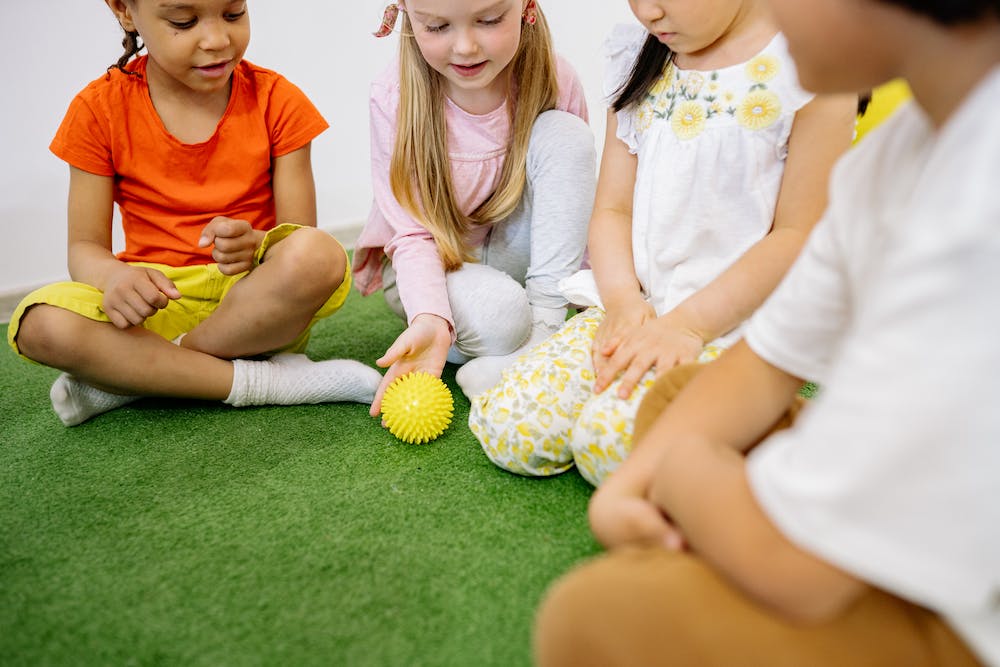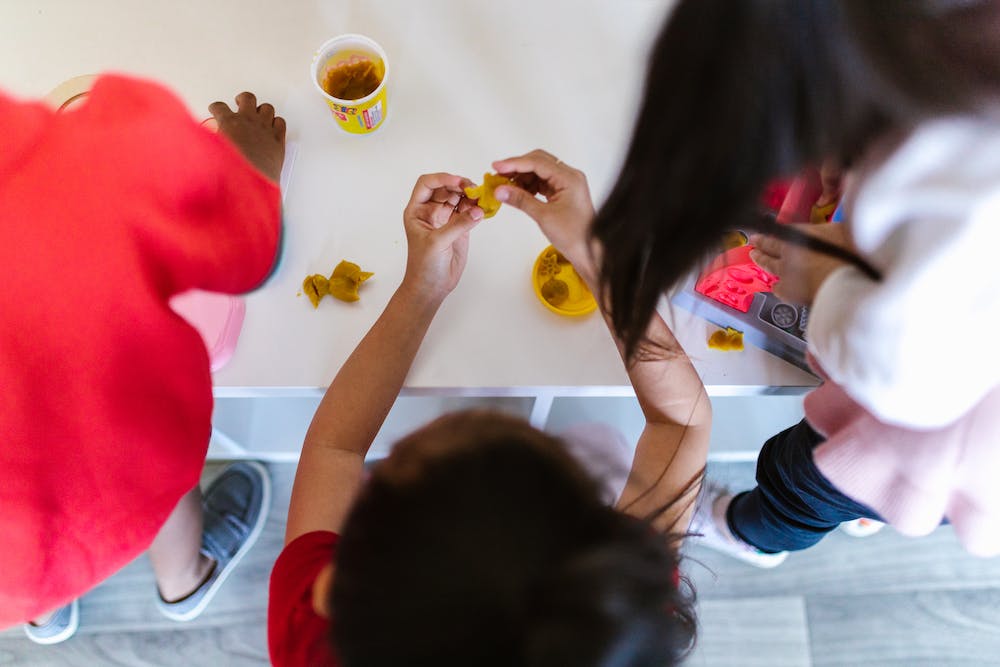Healthy Eating for School-Aged Children: Nutrients for Learning and Play
 Do you want your child to excel in school and have fun with their friends? Do you want them to grow up healthy and strong? If you answered yes, then you need to pay attention to what they eat. Nutrition is not only important for physical health, but also for mental and emotional well-being. In this blog post, we will share some tips on how to provide your child with the best nutrients for learning and play.
Do you want your child to excel in school and have fun with their friends? Do you want them to grow up healthy and strong? If you answered yes, then you need to pay attention to what they eat. Nutrition is not only important for physical health, but also for mental and emotional well-being. In this blog post, we will share some tips on how to provide your child with the best nutrients for learning and play.
 What are the key nutrients for school-aged children?
What are the key nutrients for school-aged children?
 Children need a variety of nutrients to support their growth, development, and energy needs. Some of the most important ones are:
Children need a variety of nutrients to support their growth, development, and energy needs. Some of the most important ones are:
 – Protein: Protein helps build and repair muscles, organs, skin, hair, and nails. It also helps fight infections and make hormones and enzymes. Good sources of protein include lean meat, poultry, fish, eggs, dairy products, beans, nuts, and seeds.
– Protein: Protein helps build and repair muscles, organs, skin, hair, and nails. It also helps fight infections and make hormones and enzymes. Good sources of protein include lean meat, poultry, fish, eggs, dairy products, beans, nuts, and seeds.
– Carbohydrates: Carbohydrates are the main source of energy for the brain and muscles. They also help regulate blood sugar levels and prevent constipation. Good sources of carbohydrates include whole grains, fruits, vegetables, legumes, and low-fat dairy products.
– Fats: Fats are essential for brain development, nerve function, hormone production, and absorption of fat-soluble vitamins (A, D, E, and K). They also provide energy and help keep the skin and hair healthy. Good sources of fats include vegetable oils, nuts, seeds, avocados, olives, and fatty fish.
– Vitamins and minerals: Vitamins and minerals are involved in many chemical reactions in the body. They help maintain normal growth, vision, immunity, bone health, blood formation, and nerve function. Good sources of vitamins and minerals include fruits, vegetables, whole grains, dairy products, lean meats, fish, eggs, nuts, seeds, and fortified foods.
– Water: Water is vital for life. It helps transport nutrients and oxygen to the cells, remove waste products from the body, regulate body temperature, lubricate joints, and cushion organs. Children should drink plenty of water throughout the day to stay hydrated.
 How much food do school-aged children need?
How much food do school-aged children need?
 The amount of food that children need depends on their age, gender, activity level, and individual needs. However, a general guideline is to follow the MyPlate model from the USDA (https://www.myplate.gov/). This model divides the plate into four sections: fruits (1/4), vegetables (1/4), grains (1/4), and protein (1/4). It also includes a small amount of dairy on the side. The MyPlate model helps children get a balanced diet that meets their nutritional needs.
The amount of food that children need depends on their age, gender, activity level, and individual needs. However, a general guideline is to follow the MyPlate model from the USDA (https://www.myplate.gov/). This model divides the plate into four sections: fruits (1/4), vegetables (1/4), grains (1/4), and protein (1/4). It also includes a small amount of dairy on the side. The MyPlate model helps children get a balanced diet that meets their nutritional needs.
 Here are some examples of what a healthy plate might look like for different age groups:
Here are some examples of what a healthy plate might look like for different age groups:
 – 4-8 years old: 1/2 cup of fruits + 1/2 cup of vegetables + 1 ounce of grains + 2 ounces of protein + 1 cup of low-fat milk
– 4-8 years old: 1/2 cup of fruits + 1/2 cup of vegetables + 1 ounce of grains + 2 ounces of protein + 1 cup of low-fat milk
– 9-13 years old: 1 cup of fruits + 1 cup of vegetables + 2 ounces of grains + 3 ounces of protein + 1 cup of low-fat milk
– 14-18 years old: 1 1/2 cups of fruits + 2 cups of vegetables + 3 ounces of grains + 4 ounces of protein + 1 cup of low-fat milk
 Of course, these are just examples. You can adjust the portions according to your child’s appetite and preferences. You can also vary the types of foods within each group to provide more variety and flavor.
Of course, these are just examples. You can adjust the portions according to your child’s appetite and preferences. You can also vary the types of foods within each group to provide more variety and flavor.
 What are some tips for encouraging healthy eating habits in school-aged children?
What are some tips for encouraging healthy eating habits in school-aged children?
 Healthy eating habits start at home. As a parent or caregiver, you can influence your child’s food choices by setting a good example and creating a supportive environment. Here are some tips to help you do that:
Healthy eating habits start at home. As a parent or caregiver, you can influence your child’s food choices by setting a good example and creating a supportive environment. Here are some tips to help you do that:
 – Eat together as a family as often as possible. This helps foster communication, bonding, and appreciation for food.
– Eat together as a family as often as possible. This helps foster communication, bonding, and appreciation for food.
– Involve your child in planning, shopping, preparing, and serving meals. This helps them learn about nutrition, cooking skills, and responsibility.
– Offer a variety of healthy foods from all food groups. This helps them get exposed to different flavors, textures, colors,
and nutrients.
– Respect your child’s hunger and fullness cues. This helps them regulate their appetite and avoid overeating or undereating.
– Avoid using food as a reward or punishment. This helps them develop a healthy relationship with food that is not based on emotions or external factors.
– Limit junk food and sugary drinks at home. This helps them make better choices when they are outside or at school.
– Provide healthy snacks for your child to enjoy between meals. This helps them keep their energy levels up and prevent hunger pangs.
– Educate your child about the benefits of healthy eating for their body and mind. This helps them understand the importance of nutrition and motivate them to make wise choices.
 Healthy eating is not only good for your child’s physical health, but also for their academic performance, social skills, and self-esteem. By providing your child with the best nutrients for learning and play, you are helping them reach their full potential and enjoy life to the fullest.
Healthy eating is not only good for your child’s physical health, but also for their academic performance, social skills, and self-esteem. By providing your child with the best nutrients for learning and play, you are helping them reach their full potential and enjoy life to the fullest.






